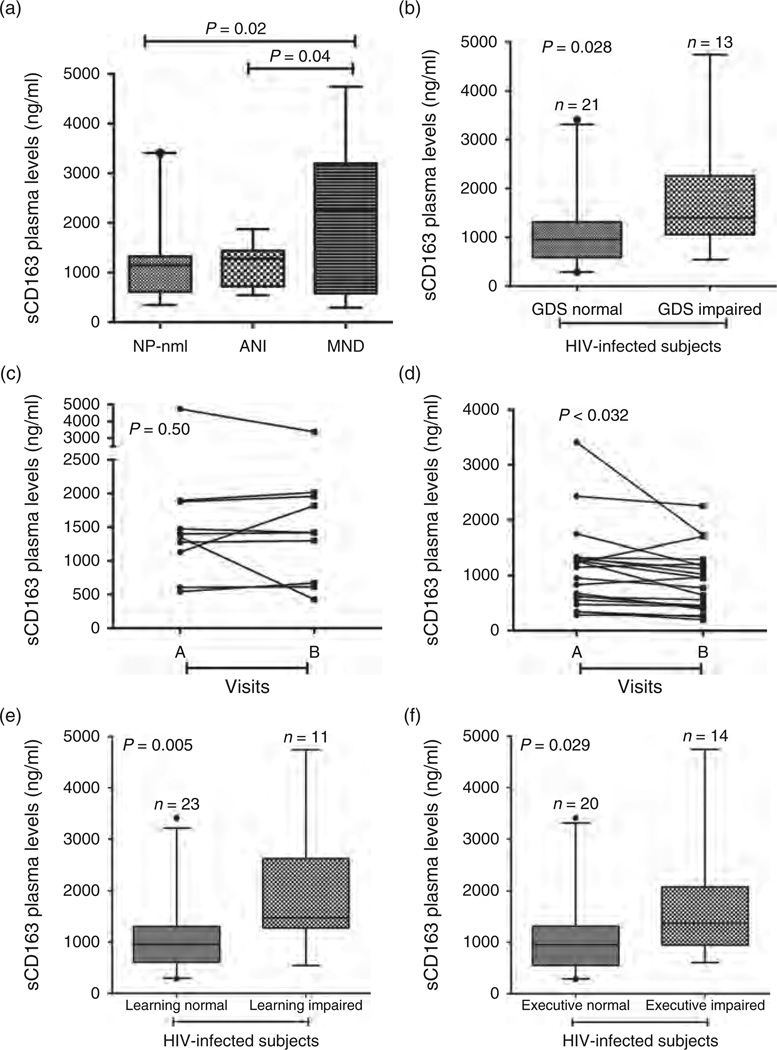Fig. 1. sCD163 in the plasma is elevated in neurocognitively impaired HIV-infected patients with long-term viral suppression.
(a) sCD163 levels in plasma are increased in patients with mild neurocognitive disorder (MND) compared with asymptomatic neurocognitive impairment (ANI) (P = 0.04) and neuropsychologically normal (NP-nml) (P = 0.02). (b–f) At the initial visit HIV-infected patients were classified as impaired (n = 13) or normal (n = 21) for the comprehensive global deficit score (GDS). sCD163 was elevated in the plasma of HIV-infected patients with GDS impairment (b, P = 0.028). Of the 13 patients who were GDS-impaired at the first visit, 10 remained impaired at the second visit, and all but one of the 21 GDS-unimpaired patients remained normal. Whereas plasma sCD163 levels dropped in patients who were stably GDS-unimpaired across visits (c, P < 0.032, paired t-test), levels remained elevated in those who remained GDS-impaired (d, P = 0.50, paired t-test). Patients were also classified as impaired or normal in individual cognitive tests. sCD163 was elevated in patients with executive impairment (e, P = 0.029), and learning impairment (f, P = 0.005).

